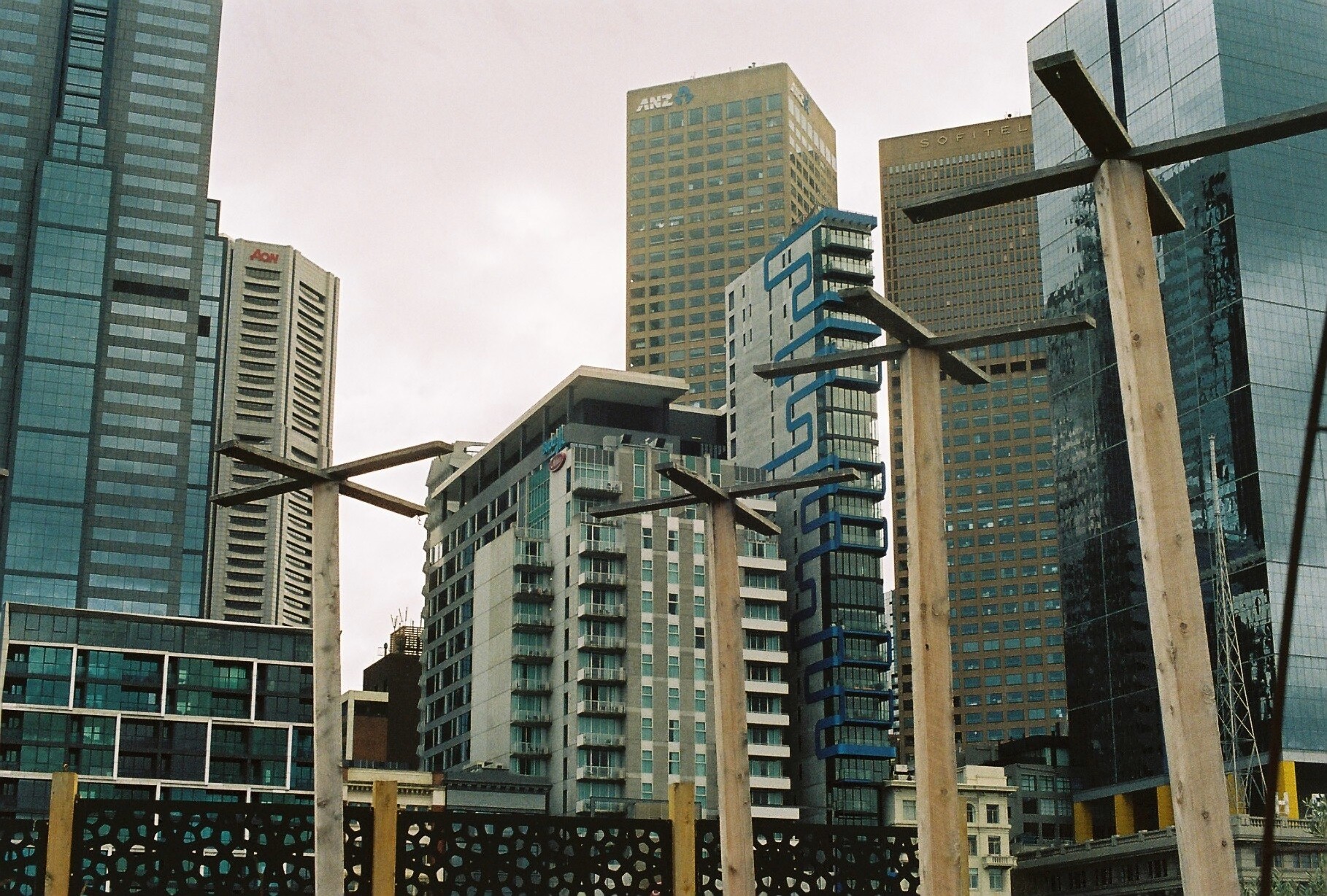Institutions… Finally! The topic I have been waiting for, as this is the topic for my final project. It also dragged me out of my not so mid, mid semesters lacking of motivation.
Trying to get my head around everything for a topic that is so broad was impossible. My group had a clear structure and a reasonably clear idea of it all but after this lecture, my understanding of institutions reached a point of clarity.
I had already researched a great deal on the subject so I knew much of the content. This covered how the word ‘institution’ is not only restricted to the idea of an ‘institution’ as a corporation such as ABC but it is broader as it refers to organisation as a structure of society. During the lecture, these blurry lines of institutions where made clear as institutions each have their own set of social, cultural, political and economic relations.
José van Dijck and Thomas Poell’s reading Making Public Television Social? Public Service Broadcasting and the Challenges of Social Media was a perfect reading for me. It covered social relations of television broadcasting in the Netherlands and the United Kingdom.
YES! A reading on television broadcasting… that is exactly my group’s focus. It also covers the effects that social media has on television as a socially interactive media form that’s intention is to involve the audience.
Although the second article didn’t relate to this last project it helped me to get grips on how an ‘institution’ is not restricted to one strict definition but rather a set of criteria. This article by Marcos P. Dias, Michael Arnold, Martin Gibbs, Bjorn Nansen and Rowan Wilken (Asynchronous Speeds: Disentangling the Discourse of ‘High-speed Broadband’ in Relations to Australia’s National Broadband Network) focused on a more political approach. It debated the topic of wether FTTP or FTTN was proposed greater under the liberal or labour government. This article used big scary words to explain simple concepts but once I wrapped my head around it, the article provided a great deal of information on institutions. It allowed me to understand ‘institutions’ on a deeper level and smash my two dimensional view of it.
